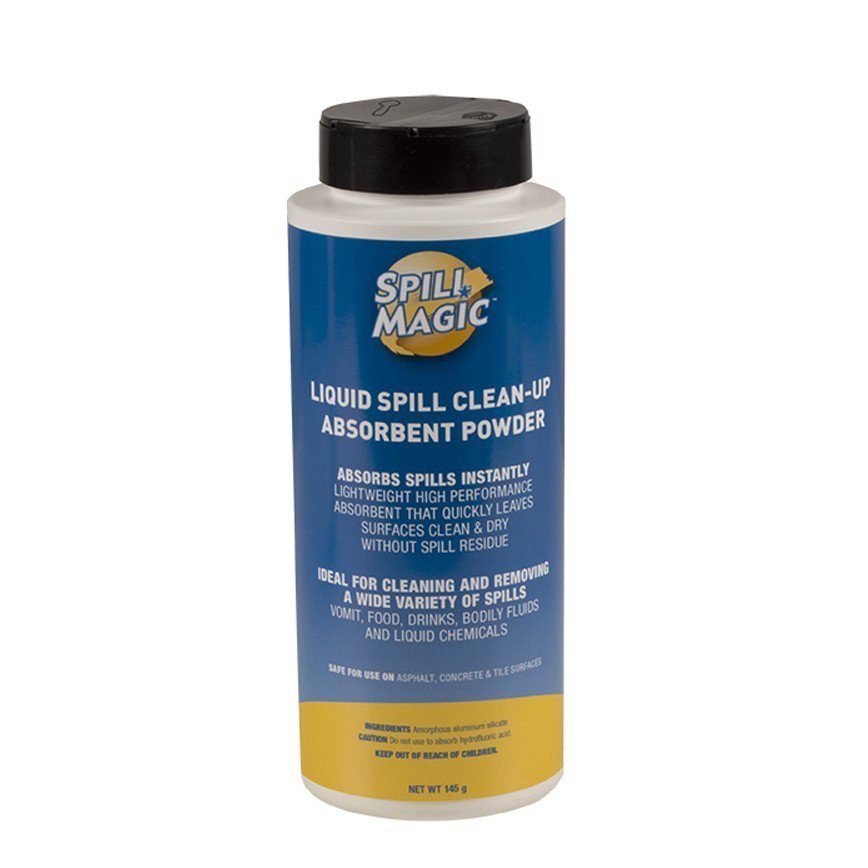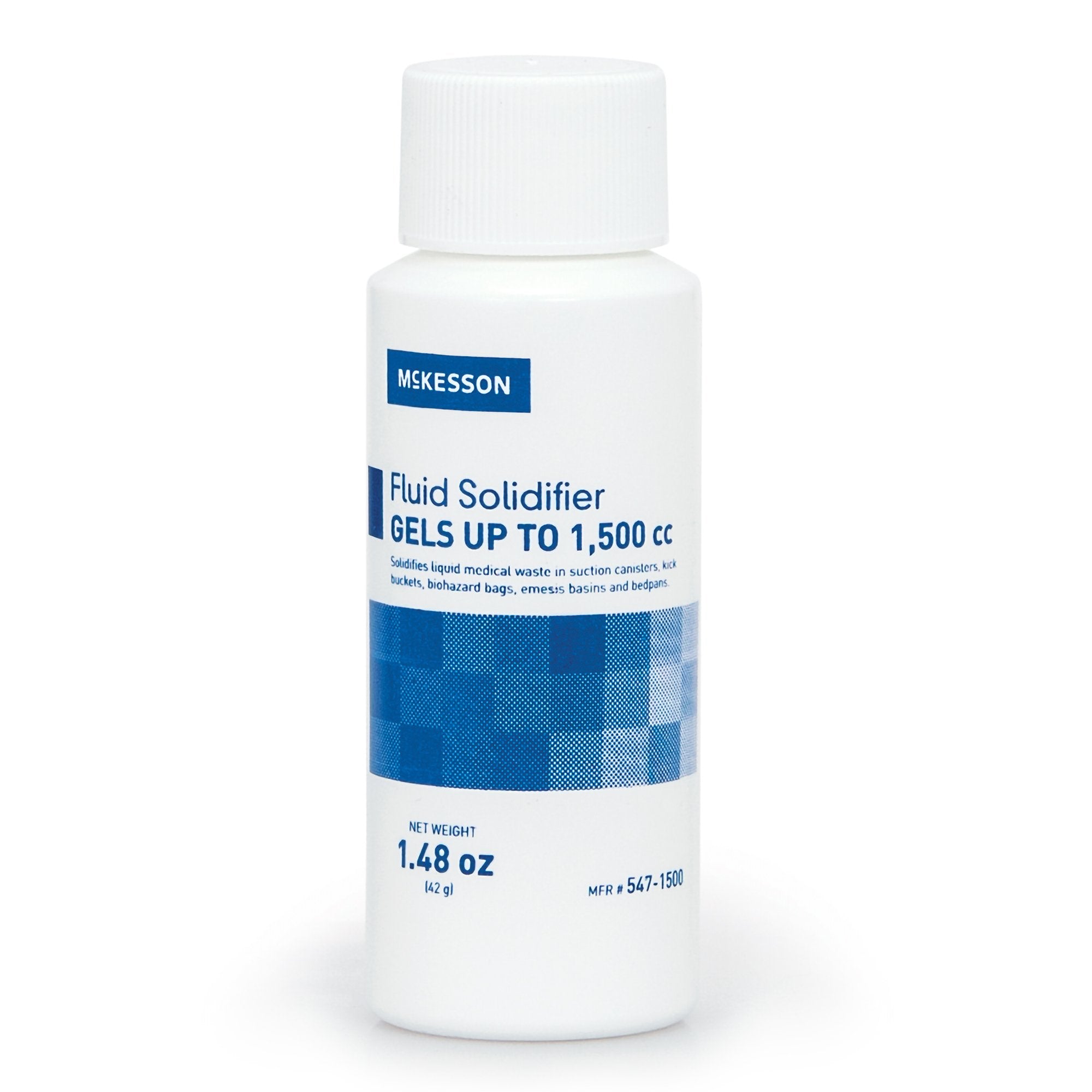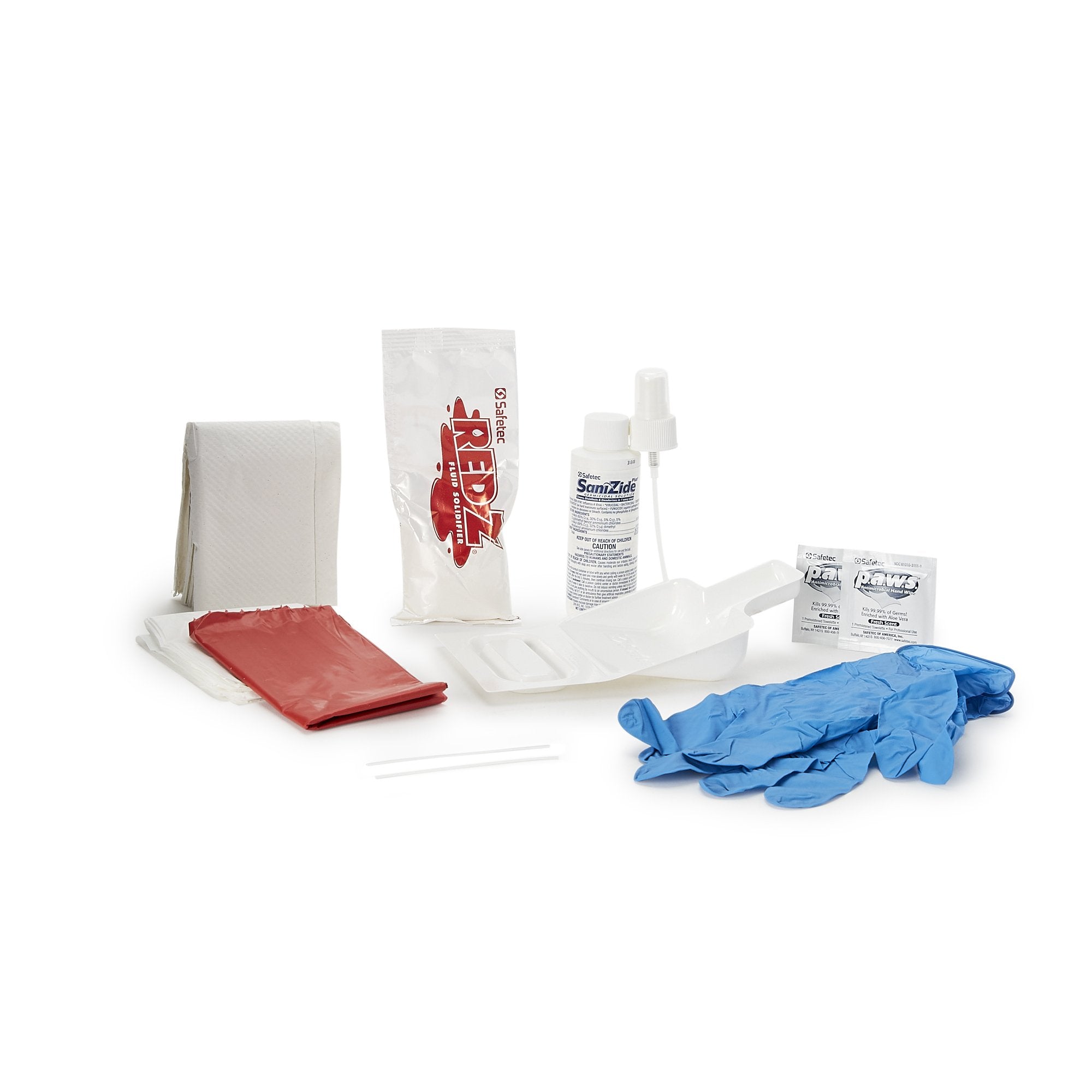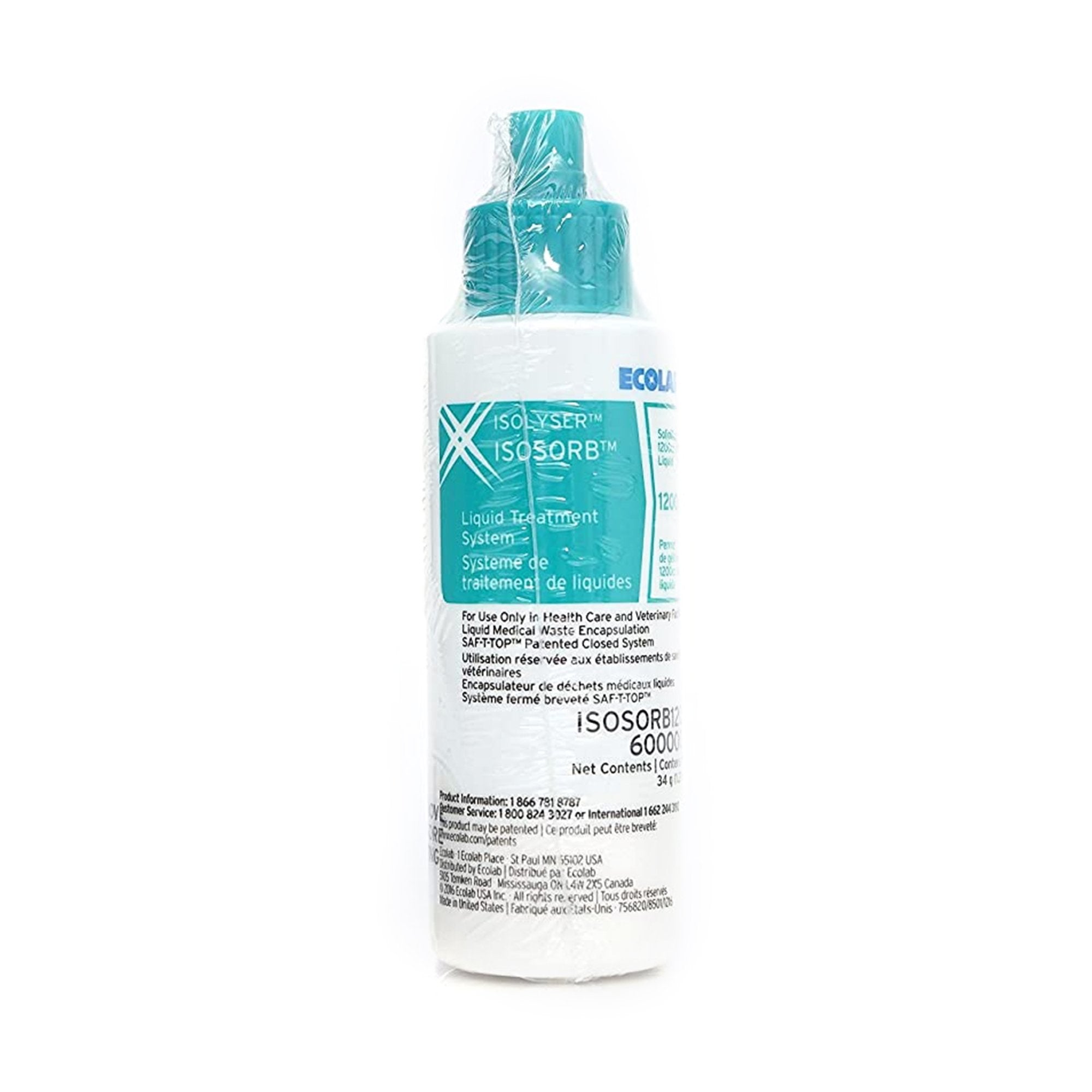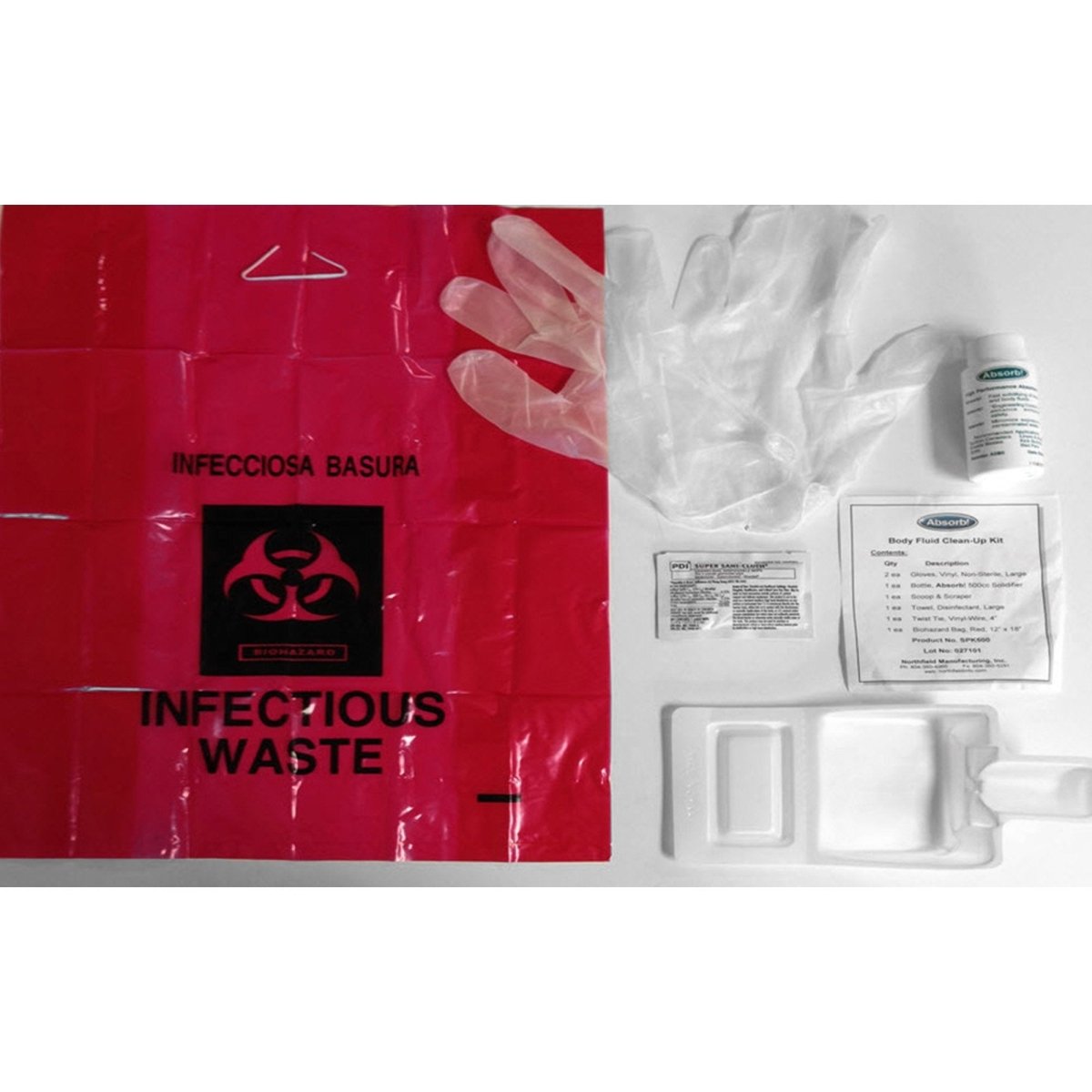Fluid management for spills is a crucial aspect of environmental and workplace safety. Spills can occur in various industries, such as manufacturing, transportation, and chemical production. Proper fluid management involves implementing preventive measures, responding promptly to spills, and ensuring the safe containment, cleanup, and disposal of fluids. We will explore the best practices, technologies, regulations, and future trends related to fluid management for spills.
Types of Fluids and Spills
Fluid spills can involve a wide range of substances, including chemicals, oils, fuels, and wastewater. These spills can originate from different sources, such as storage tanks, pipelines, or machinery leaks. Understanding the types of fluids that can cause spills is essential for effective management and cleanup efforts.
Risks and Consequences
Fluid spills pose significant risks to the environment, wildlife, and human health. Contaminated soil and water can have long-lasting effects, impacting ecosystems and water supplies. Additionally, exposure to hazardous fluids can lead to health problems for individuals who come into contact with the spills. It is crucial to recognize the potential consequences of fluid spills to prioritize proper management and prevention.
Best Practices for Fluid Management
To minimize the risks associated with fluid spills, it is essential to implement best practices for fluid management. This includes conducting risk assessments, implementing preventive measures, and having a robust spill response plan in place. Adequate training for employees and the availability of appropriate spill response equipment are also key elements of effective fluid management.
Technologies and Tools for Fluid Management
Various technologies and tools are available to aid in fluid management for spills. Absorbents and containment products, such as absorbent mats and booms, can help prevent the spread of spills and facilitate cleanup. Spill response kits equipped with personal protective equipment and specialized tools are essential for a prompt and efficient response. Monitoring and detection systems can provide early warnings and help prevent spills before they occur.
Regulations and Compliance
Government agencies and regulatory bodies have established guidelines and regulations to ensure proper fluid management and spill prevention. Compliance with these regulations is essential for organizations to avoid legal consequences and protect the environment. Familiarizing yourself with the relevant regulations and implementing appropriate measures is crucial for maintaining compliance.
Training and Education
Proper training and education are vital components of fluid management for spills. Employees should be trained on spill prevention, response procedures, and the proper use of spill response equipment. There are resources and programs available to enhance employee knowledge and certification in fluid management, which can significantly contribute to a safer and more sustainable working environment.
Case Studies and Examples
Examining real-life case studies and examples can provide valuable insights into successful fluid management practices. Learning from past spills and accidents helps organizations understand the potential risks and develop effective prevention and response strategies. It is essential to continually improve fluid management practices based on lessons learned from previous incidents.
Cost Considerations
Improper fluid management can have significant financial implications for organizations. Costs associated with environmental remediation, fines, and legal consequences can be substantial. Implementing cost-effective strategies for spill prevention, such as routine maintenance, regular inspections, and proper training, can help organizations avoid unnecessary expenses and protect their bottom line.
Future Trends in Fluid Management
The field of fluid management for spills is continuously evolving, driven by technological advancements and a growing focus on sustainability. Future trends include the development of eco-friendly absorbents and containment products, innovative monitoring systems, and improved methods for fluid disposal and recycling. Keeping up with these trends and adopting sustainable practices can help organizations stay ahead and minimize their environmental footprint.
Conclusion
Proper fluid management for spills is crucial for protecting the environment, ensuring workplace safety, and complying with regulations. By implementing best practices, utilizing advanced technologies, and investing in training and education, organizations can minimize the risks associated with fluid spills. Continual improvement, compliance with regulations, and staying informed about future trends are key to effective fluid management and a sustainable future.
Frequently Asked Questions about Fluid Management
Do you still have questions about Fluid Management?
If we still haven't answered your question, you can contact us by phone or email and we will get back to you as soon as possible.

